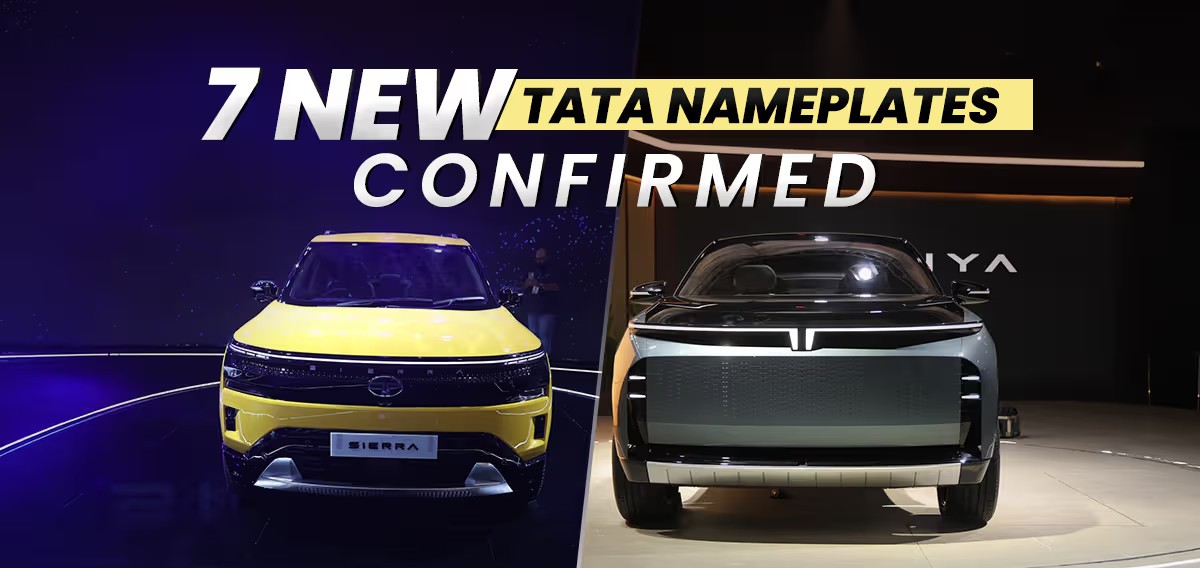Tata Motors has unveiled an ambitious product roadmap for its passenger vehicle portfolio, with plans to launch seven all-new nameplates through 2030. This is part of a larger strategy aimed at building up its presence in both the internal combustion engine (ICE) and electric vehicle (EV) markets.
Future Models and Strategic Growth
Tata Motors is looking to grow its portfolio to 15 nameplates by the end of the decade from the existing eight.
The company will invest Rs 33,000-35,000 crore between FY2026 and FY2030 to fund this expansion.
The investment will be centered around software-defined vehicles (SDVs) and future powertrains.
New Nameplates and Positioning in the Market
The much-awaited Tata Sierra will make a comeback in both ICE and EV variants, which are due for launch later this year.
The Avinya series, comprising the Avinya and Avinya X, will roll out from 2027 onwards as Tata makes an entry into the premium EV space.
Two new EV models and two new ICE models are in the making, which may address gaps in Tata's SUV segment.
Competitive Landscape and Market Share Targets
Tata Motors has seen growing competition from Mahindra and MG and has lost its EV market share from 80-85% to a level of about 55%.
The company aims for a 16% market share (including EVs) by FY27 and hopes to achieve 18-20% in the coming years.
EVs are expected to account for 20% of Tata's overall passenger vehicle sales by FY27, growing to 30% by FY30.
Upgrades to Current Models
Tata Motors has 23 overhauls planned for its current range, comprising facelifts, model-year refreshes, and powertrain upgrades.
The Nexon will be updated with the next generation, and the Punch will be given a facelift.
The Harrier and Safari will be updated with a new petrol engine to help them compete more effectively in the SUV segment.
Industry Background and Future Perspective
Hyundai has also proposed the launch of 26 models by 2030, making it even more competitive for the second position in India's automobile market.
Tata Motors continues to concentrate on long-term growth with a focus on micro-segments and continued EV adoption.
Sources: Autocar India, CarDekho, Team-BHP, MSN Autos.

